Slow tire leak is quite a headache for all of us. The inconvenience of losing tire pressure while driving and getting stranded on the road is unimaginable. Many innovations are promising to address slow leaks like the fix-a-flat. Does fix-a-flat work on slow leaks?
Fix-a-flat works on the puncture-related cause of slow leaks. The sealant can temporarily mend small punctures in tires caused by nails or any sharp objects. It will allow you to run a few more miles until you get to a repair shop for a permanent fix.
However, if the slow leak is because of a valve issue, fix-a-flat could not help. In this scenario, you would probably need other tools like a valve stem tool to fix the problem.
Read on because I will elaborate on how fix-a-flat works on slow leaks and provide other relevant information to help you understand its mechanism.
A slow leak is an issue wherein the air in your tire gradually decreases while driving or when you check your vehicle in the morning, and you keep adding up air to put it back to the normal pressure.
How does this happen? There are numerous causes of slow leaks, including a tiny puncture, wheel damage, and valve stem damage.
Fix-A-Flat S60420 Aerosol Emergency Flat Tire Repair and Inflator, for Standard Tires, Eco-Friendly Formula, Universal Fit for All Cars, 16 oz. (Pack of 1)
More Info
* As an Amazon Associate I earn from qualifying purchases.
The most popular easy and quick solution is fix-a-flat. It is a convenient solution as you can stock a couple of cans in your trunk and find them when you need them. The process of using fix-a-flat is also relatively easy.
However, many tire users regret using fix-a-flat because of bad experiences. Some say that it completely damaged the tire.
So, is it going to do more damage than help? Well, it depends. If you do not follow the usage instruction, it might damage your tire. But it will help you go a few miles to get your tire repaired.
You should note that fix-a-flat is not a permanent fix for slow tire leaks.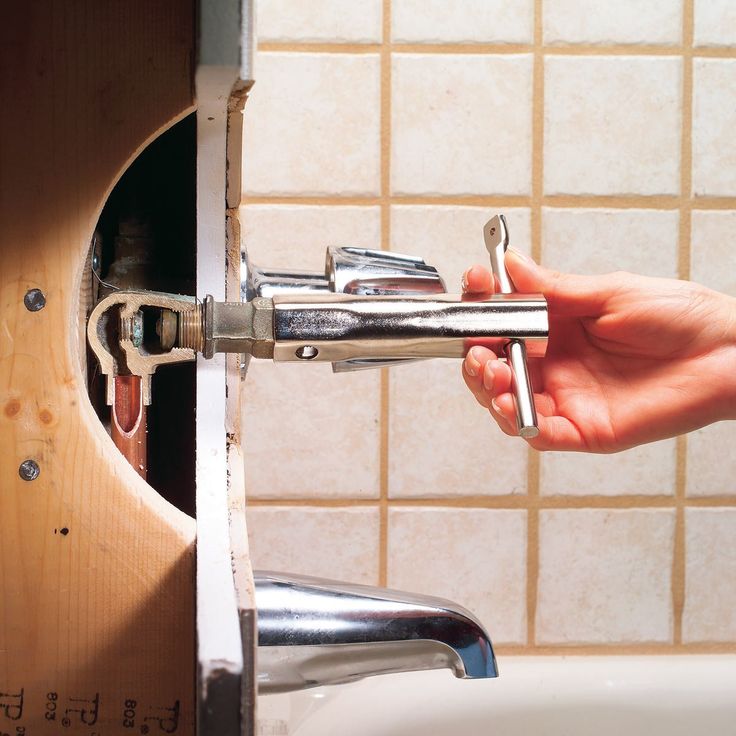 The intervention of a professional repair person is necessary for a 100% solution.
The intervention of a professional repair person is necessary for a 100% solution.
As a temporary fix, a fix-a-flat is an easy solution to keep you going for more miles until to get some professional help from tire repair shops. However, this band-aid solution does not work all the time. As mentioned earlier, the sealant is not capable of fixing leaks coming from the tire’s valve.
Fix-a-flat may also not seal leaks located on the sidewall of the tire. If your car tire becomes flat and the fix-a-flat is not working, you might need to call a towing company.
Furthermore, the sealant may also not fix previously repaired areas of the tire.
View Fix-A-Flat on Amazon.
Another possible fix for a slow leak is the easy-to-use tire plug or patch kit. This plug or patch technique is also an effective way of fixing a slow leak on your tire. However, this is also a temporary solution like the fix-a-flat.
Tire experts argue that you cannot consider plug or patch as a permanent solution to a slow leaking tire simply because it does not seal the tire’s inner liner, and it does not fix the void left on the tire by the penetrating object.
Tire repair shops have experts capable of permanently fixing your slow leaking tire to make it safe to drive again through rubber curing.
However, it is essential to note that not all tires are repairable. There will be cases that a complete tire replacement is required to ensure your safety and convenience.
Generally, the fix-a-flat sealant does not harden inside the tire – it stays as a thick liquid. How it works is: it fills the micro holes of your tire (approximately less than 1/4 inch) to block the air popping out of your tire.
So, the real question is, how soon can you use the tire after applying fix-a-flat?
Fix-a-flat contains both liquid sealant and air to allow you to drive again instantly. The liquid sealant plugs holes less than 1/4 inch and coagulates pretty immediately, making it an instant solution.
Fix-a-flat sealant can damage your tire if you keep it for a long time. You need to remember that this is a temporary fix, and it is to allow you to drive for at least 100 miles or about three days and get your tire permanently fixed.
You need to remember that this is a temporary fix, and it is to allow you to drive for at least 100 miles or about three days and get your tire permanently fixed.
Dried up fix-a-flat kept in the tire for so long can cause the rubber to break down completely. In addition, if the sealant stays very long inside your tire, it will potentially cause corrosion on the metal parts of the tire or the rim.
First off, what is Tire Pressure Monitoring Sensor? It is an electronic system that monitors the tire air pressure to pressure up your tire immediately when the pressure goes low.
A TPMS can be direct or indirect. Direct TPMS is the one that mounts directly on the valve stem (this is the TPMS we are talking about). The indirect TPMS is the one that works with the Antilock Braking System’s (ABS) wheel speed sensors. The latter is never affected by fix-a-flat.
Fix-a-flat is TPMS safe, or at least, that is what they suggest.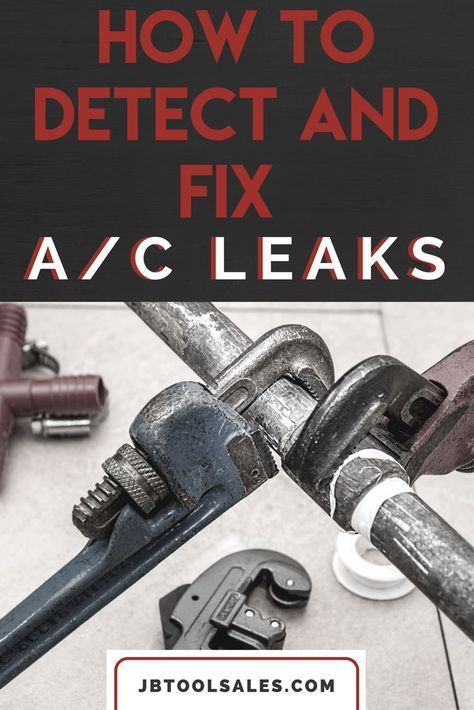 The device should work with no issues as long you clean the sealant away. After a professional service to repair your tire, you can clean your TPMS using water. You can reset the TPMS to resume to a working state when the tire is ready to roll.
The device should work with no issues as long you clean the sealant away. After a professional service to repair your tire, you can clean your TPMS using water. You can reset the TPMS to resume to a working state when the tire is ready to roll.
However, we should not limit the possibility that the sealant will permanently damage the tire pressure monitoring system, but the chance is very slim.
While you have the fix-a-flat inside the tire, it can be understood if the TPMS will temporarily not provide accurate information. The sealant will surely mess up the pressure monitoring system. However, after a thorough cleaning and possibly resetting the system, it should go back to its normal working state.
The question is: Does the car repair shop handle the cleaning? The answer could be a yes, but not for free. It is a taxing job, so in most cases, repair shops charge a certain amount of money to do it for you.
It is okay to use fix-a-flat on a tire that you previously used it on.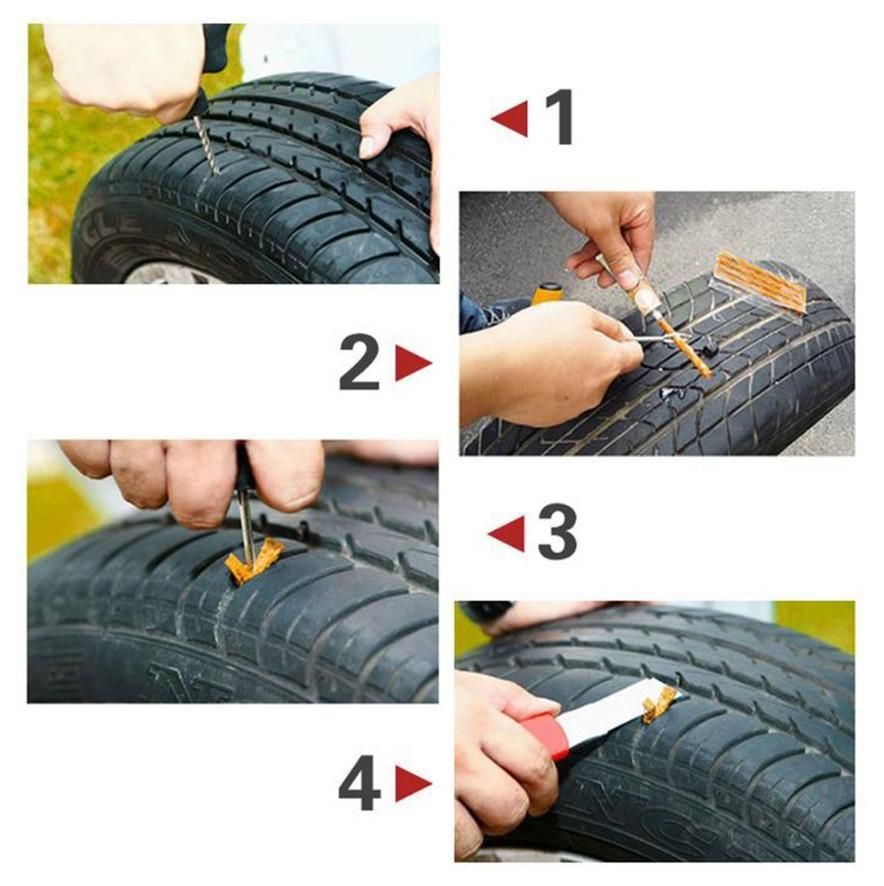 The tire shop will clean up the tire properly before curing the rubber to fix the slow leak permanently. As long as the tire is well-cleaned, you can use fix-a-flat again on the tire to address future slow leaks emergencies.
The tire shop will clean up the tire properly before curing the rubber to fix the slow leak permanently. As long as the tire is well-cleaned, you can use fix-a-flat again on the tire to address future slow leaks emergencies.
However, as mentioned earlier, fix-a-flat may not work on the tire’s repaired area.
You probably also want to know how much fix-a-flat to pump into your tire. You must empty the can of fix-a-flat in one go and one single tire. That is how fix-a-flat works and failure to follow the procedure may not deliver the performance you expected.
If it is not apparent yet, you cannot reuse fix-a-flat. Thus, to be ready for another instance of a slow leak, take a couple more extra fix-a-flat in your vehicle.
I must reiterate that you only resort to using fix-a-flat when you don’t have any other option. If you have a spare tire and you know how to mount it, or you have access to someone who knows how to replace the tire, it would be the best option.
Why do you need to avoid fix-a-flat when you can? It is because of the few disadvantages that may not be very economical.
Fix-a-flat allows you to drive for at least 100 miles or up to 3 days. Given that the application is correct. The video from O’Reilly Auto Parts YouTube channel is an actual demonstration of how to use fix-a-flat.
I will repeat, using fix-a-flat should be for emergency purposes only or a situation of “no other choice.” Most users of fix-a-flat don’t realize that they must repair the tire with a slow leak as soon as possible. The reason for this is to get rid of the sealant and avoid potential damages to the tire.
Users of fix-a-flat think that it is a permanent solution as it may effectively block the tire’s air. But it will never be a permanent solution as you will potentially damage your tire. Money-wise, it will be more expensive to replace your tires than to get them fixed.
But it will never be a permanent solution as you will potentially damage your tire. Money-wise, it will be more expensive to replace your tires than to get them fixed.
As far as its shelf-life is concerned, fix-a-flat lasts two years from the manufacturing date. However, storage and temperature may have some effects on how long fix-a-flat is suitable for use.
Fix-a-flat temporarily fixes slow leaks by sealing micro holes or holes that are less than 1/4 inch. It may not work if the slow leak is on the tire’s stem valve.
It is an immediate solution to allow you to run for another 100 miles to get your tire repaired by a tire repair professional. The tire shop professional will do the tire cleaning and will fix the tire permanently when possible.
A couple of cans of fix-a-flat is worth keeping in your car’s trunk. They can save you from getting stranded helplessly in the middle of the road.
A flat tire is not a fun situation to be in.
It can happen at the most inconvenient time leaving you stranded on the road.
Oftentimes, the cause of a flat tire is a result of a slow leak due to a puncture in the tread area of the tire or air leaking around the rim.
While tire sealants can in some cases fix rim leaks, the products are not really recommended for such a leak.
If you want a proper guide on fixing the leaks, you can check our in-depth guide: How To Fix A Tire From Leaking Around The Rim?
Here though, we’ll talk about how tire sealants can offer a quick and painless temporary solution for slow leaks around the tread, can stop a tire from losing air too quickly, and put you back on the road with ease.
The short answer is yes, you can use fix-a-flat sealant to fix small punctures but it may not be the most reliable product.
Fix-a-Flat does not contain any particles to physically clog up the hole. Instead, it contains air in the sealant which when released from the can pushes the sealant into the tire, finds the source of the leak, and forms a latex foam to seal the leak.
Instead, it contains air in the sealant which when released from the can pushes the sealant into the tire, finds the source of the leak, and forms a latex foam to seal the leak.
Of course, a product as such that does not contain particles to physically seal the leak, you can imagine that it will only work for very minor leaks and in some cases even outright fail to mend the leak which is apparent from many unsatisfied consumers that complain about the very same issue.
Although the manufacturers claim Fix-a-Flat seals punctures up to a quarter-inch (1/4’’), several unhappy consumers fail to agree with this claim.
The consensus around Fix-a-Flat is very mixed.
Some consumers complain that Fix-a-Flat is just evil in a can as it does not work in fixing a flat whatsoever and instead damages their tire.
Others praise it for being a quick and effective solution for getting them back on the road.
The bottom line is that Fix-a-Flat is not really the best when it comes to a tire sealant product and there are other options available that offer much better reliability.
Watch this short video from Scotty Kilmer addressing the issue:
Fix-a-flat, along with other tire sealants of the sort, is intended to be used temporarily, preferably only for emergencies allowing you a quick and reliable solution to get you back to an auto-shop or your home.
Different manufacturers claim different lifespans for their sealants.
The manufactures of Fix-a-flat rate it for about 100 miles or 3 days after it is used (whichever comes first).
It is possible to get more or less life from the sealant which is apparent from many consumer reports.
Several consumers report that their can of Fix-a-Flat was unable to withhold the leak in the first place while the same can lasted for weeks for others.
Fix-a-flat certainly isn’t the brightest against its competitors when it comes to reliability.
However, the key takeaway is that you should always use the sealant as a temporary fix only and not try to get more life out of the sealant than the manufacturer’s recommended usage.
An important question that drivers have in mind is whether a tire sealant like Fix-a-Flat is bad for their tires? Will it cause damage and potentially ruin their tires?
Well, the answer to that question is that it depends.
Many modern tires include a Tire Pressure Monitoring System (TPMS) sensor that gives real-time information to the driver about the pressure inside the tire.
Tire sealants are notorious for damaging the TPMS sensor.
However, the manufacturers claim and many consumers report the fact that Fix-a-Flat is entirely TPMS-sensor safe.
The contents inside Fix-a-Flat are just a liquid foam formula with air.
At extreme cold temperatures, the material inside Fix-a-Flat freezes and solidifies inside the tire.
Such an outcome is hazardous for safe driving as it causes tire imbalance, poor handling, and steering on the road.
Corrosion is something drivers are always paranoid of when it comes to using Fix-a-Flat or even any tire sealant for that matter.
But do these products actually cause corrosion?
Well, the answer is no, only if you use them as a limited-time solution. After all, tire sealants really are not a permanent fix and the onus is on you the driver, to clean the stuff and repair the tire as soon as possible, or else prolonged exposure to the chemicals may very well lead to corrosion building up on the rim.
If used only for the recommended usage of 100 miles or 3 days (whichever) comes first, fix-a-flat does not corrode aluminum or damage any protective coating that modern rims come with.
Consumers complain that Fix-a-Flat left a huge mess in the rim, but that is merely because they tried to use the product as a permanent solution, which is certainly not advisable.
TL;DR
Fix-a-Flat is TPMS sensor-safe, does not corrode or cause any damage to the wheels but does freeze in extremely cold temperatures resulting in tire imbalance.
Tire sealants available on the market can be divided into two categories:
The idea is the same in both these categories. They generally (with some exceptions e.g., Fix-a-Flat) contain some form of high strength Aramid Fibers commonly known as Kevlar in the liquid that find the hole or the puncture inside the tire and plug it from the inside.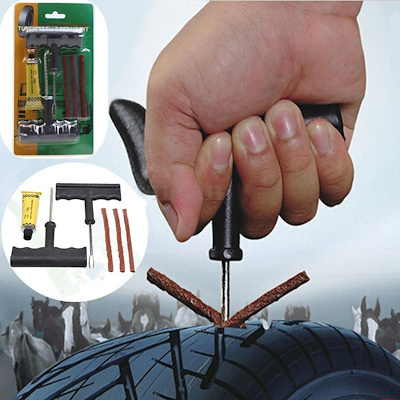
The liquid acts as a carrier for transporting the fibers to the site of the leak and the fibers then clog up the hole essentially forming a seal.
Tire sealants are intended to be used in a worst-case scenario only.
There are much better options for fixing a flat tire, but they all boil down to availability, the amount of time you have on your hands, and ease of access on the road.
You can mount a spare tire to get you back on the road, but chances are that if you are short on time or have no experience in changing a tire, it can prove to be a nightmare for you.
For similar reasons, having a tire plug kit in the trunk of your car will do you no good as well as it takes quite a bit of experience and familiarity and a fair bit of time as well to install a plug.
Another option may be using a 12-volt air compressor to easily inflate the tire that provides you with enough tire pressure to get you back home or to an auto-shop if the leak is slow enough.
But if none of the options are practical in a flat tire scenario, carrying a can of sealant in the trunk of your car can turn out to be a lifesaver.
A sealant is a quick and easy fix that does not require jacking up the car or unmounting the tire from the wheel. Little to no expertise is required for using a tire sealant.
This alone makes it worthwhile to have it in the boot of your car.
An important thing to note when it comes to using a tire sealant is that future repairs can be a real pain for you as most auto-shops are unwilling to repair a tire that has been treated with a tire sealant as it takes additional effort and time to clean the tire.
You may end up very well just replacing the tire instead of repairing it.
So, just keep that in mind when using a tire sealant that you may need to clean the tire yourself first or find a local auto-shop willing to first clean it for you.
While fix-a-flat is capable of mending slow leaks and is comparatively the cheapest, it is not the best tire sealant product by far. There are several products available that outperform Fix-a-flat and give you more bang for your buck.
There are several products available that outperform Fix-a-flat and give you more bang for your buck.
This green-colored viscous slime product reliably seals up to 1/4’’ (6mm) hole. It is TPMS sensor-safe, and does not cause any damage to the alloy construction of your wheel. The edge it has over Fix-a-Flat is that it has a great lifespan and does not freeze in extreme temperatures and offers much better reliability across its cans.
However, it is a tad bit more expensive, more difficult to apply into the tire, and requires more quantity (16 oz./473 ml for regular full-sized tire and 12 oz./354 ml for motorbikes).
The advantages and the overall reliability of the product far outweigh its cons and due to these facts, it is our go-to recommendation for on-road purposes.
For off-road purposes, it is one of the best products available on the market.
While other products claim to mend up to 1/4’’ (a quarter-inch) puncture, FlatOut tire sealant actually claims to mend up to 1/2’’ (half-inch or 12 mm) hole!
That is double the size of a puncture! Satisfied consumers verify that it can actually mend a hole that size, which is no ordinary feat whatsoever.
Considerably more on the expensive side, yet it is a capable sealant that manufacturers claim to last more than 6 months and is perfectly capable of mending holes up to a quarter-inch (1/4’’ or 6 mm puncture).
Tire sealants are a cheap and relatively easy solution when it comes to a slow leak resulting in a flat tire. However, we cannot re-iterate enough that they are intended for temporary use or emergencies only when time is of the essence and no other viable options are available. In such a scenario, a can of tire sealant can prove its worth by immediately and painlessly putting you back on the road without having to jack up the vehicle and remove the tire.
(Visited 9,665 times, 8 visits today)
Slow leaks occur when a tire punctures after driving over a sharp object that is stuck in your car's tire. Common culprits include nails and screws. Air slowly leaks out at the puncture site, reducing pressure and causing your tire to lose performance.
Common culprits include nails and screws. Air slowly leaks out at the puncture site, reducing pressure and causing your tire to lose performance.
Contents
Determine which tire has a slow leak. The tire may be noticeably smaller or softer to the touch due to the reduction in the amount of air inside. Use a pressure gauge to determine if the tire pressure is lower than the other tires, if necessary.
Break a vehicle tire that is diagonally across from a slowly leaking tire by placing a wood block or wedge behind it. Blocking or stabilization prevents the vehicle from moving. If you have a manual transmission vehicle, apply the emergency brake for added protection.
Try to find the object causing the slow leak. If you can see it and can reach it safely, you don't need to lift the car. If you cannot see the object, read your owner's manual and raise the vehicle.
Inspect the wheel for foreign objects or puncture marks. If you can't see anything, spray the tire with the soapy water you made by adding liquid soap or cleaning spray to the water. You should see visible bubbling at the site of the slow leak.
Remove the source of the leak, such as a nail or screw, with pliers or a screwdriver. If you find the puncture site but the sharp object is not removed, the object may have fallen out while driving. Continue your renovation.
Insert a plug into the end of the insertion tool included in the repair kit. The cork is a thin rubber cylinder, and the insertion tool is similar to a screwdriver with a "T"-shaped handle.
Grasp the T-handle and align the plug with the puncture site. Insert the plug into the puncture site by pressing down on the T-handle, leaving about half an inch of the plug protruding from the tread.
Insert the plug into the puncture site by pressing down on the T-handle, leaving about half an inch of the plug protruding from the tread.
Carefully pull the T-shaped insertion tool out of the tire. Now the fork is in place.
Add air to your tire using an air pump such as the pump at a gas station and fill to the recommended pressure. Find the recommended pressure inside your car's door jamb, if you're not sure - look for a number followed by "psi" which means pounds per square inch. Pay special attention when adding air in extreme weather conditions, but never over- or under-inflate tires depending on temperature.
Lower the vehicle carefully if you raised it and remove the jack.
Check the tire pressure again using a pressure gauge. If the pressure is held at the desired level, you have successfully fixed the wheel. Cut off any excess cork protruding from the tire using a razor blade.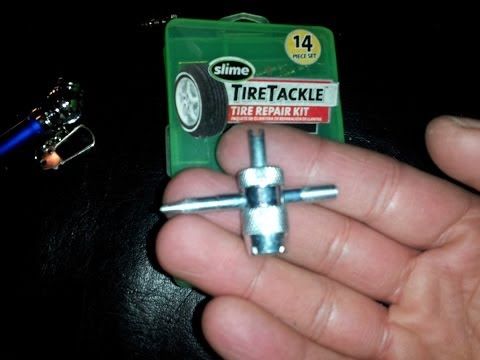
A slow leak is a small amount of water that slowly leaks out of a faucet, pipe, or other appliance over time. Slow leaks can cause water damage to your home and can be difficult to detect. How to fix a slow leak? There are several ways to fix a slow leak: 1. Use the plunger to suck into the leak and push and pull until no more water comes out. 3.Clean up any debris or deposits on the faucet, pipe, or appliance with soap and hot water. 4.Replace the leaking part (faucet, pipe, etc.). 5.Check for blockages in the system and clean if necessary.6. Repack any insulation around pipes or valves if it has become brittle due to exposure to moisture7.. Seal any cracks in walls or ceilings8.. Insulate exposed pipes9.. Repair damaged fittings10.. Install sealant around doors and windows11.. Seal gaps around door frames12 .. seal around skirting boards13.. Weatherproof exterior surfaces14.. Install waterproofing around pipes15...Replacing water heaters 16...Repairing air ducts 17...Replacing Drain Pumps18....Repairing Gutters19....Repairing HVAC Systems20....Replacing Lights21.....Cleaning and Maintaining Your Home22.....Saving Tips water23......Dehumidifiers24.. .....Insulation25......Window treatment26......Home service27......Energy efficiency28........Heating and cooling29........ .Plumbing30........Siding31........Gardening32.......
3.Clean up any debris or deposits on the faucet, pipe, or appliance with soap and hot water. 4.Replace the leaking part (faucet, pipe, etc.). 5.Check for blockages in the system and clean if necessary.6. Repack any insulation around pipes or valves if it has become brittle due to exposure to moisture7.. Seal any cracks in walls or ceilings8.. Insulate exposed pipes9.. Repair damaged fittings10.. Install sealant around doors and windows11.. Seal gaps around door frames12 .. seal around skirting boards13.. Weatherproof exterior surfaces14.. Install waterproofing around pipes15...Replacing water heaters 16...Repairing air ducts 17...Replacing Drain Pumps18....Repairing Gutters19....Repairing HVAC Systems20....Replacing Lights21.....Cleaning and Maintaining Your Home22.....Saving Tips water23......Dehumidifiers24.. .....Insulation25......Window treatment26......Home service27......Energy efficiency28........Heating and cooling29........ .Plumbing30........Siding31........Gardening32....... ......Landscaping33....... ...... Household goods34. ...............Garage storage35...........Rent36............ ..Christmas37. ...............New Year's Eve38......................Disaster Preparedness39. ......................Disposal40......................Holidays41. ..............................Home insurance42.................. . ..........Auto insurance43.................................Life insurance44..... ......................Health insurance45 ....................... ...... ...........Property planning46......................Property management47....... ...... ........Real estate48 ................Business P lanning49.........Funding50........Investment advice51.........Education52.........Pets53. ........Fitness54............Travel55............Job search56...... ...... .Retirement planning57.............Taxes58.............Weddings59............Birthdays60.. ....................Pinterest61...................Facebook62....... .. ............Twitter63......................
......Landscaping33....... ...... Household goods34. ...............Garage storage35...........Rent36............ ..Christmas37. ...............New Year's Eve38......................Disaster Preparedness39. ......................Disposal40......................Holidays41. ..............................Home insurance42.................. . ..........Auto insurance43.................................Life insurance44..... ......................Health insurance45 ....................... ...... ...........Property planning46......................Property management47....... ...... ........Real estate48 ................Business P lanning49.........Funding50........Investment advice51.........Education52.........Pets53. ........Fitness54............Travel55............Job search56...... ...... .Retirement planning57.............Taxes58.............Weddings59............Birthdays60.. ....................Pinterest61...................Facebook62....... .. ............Twitter63......................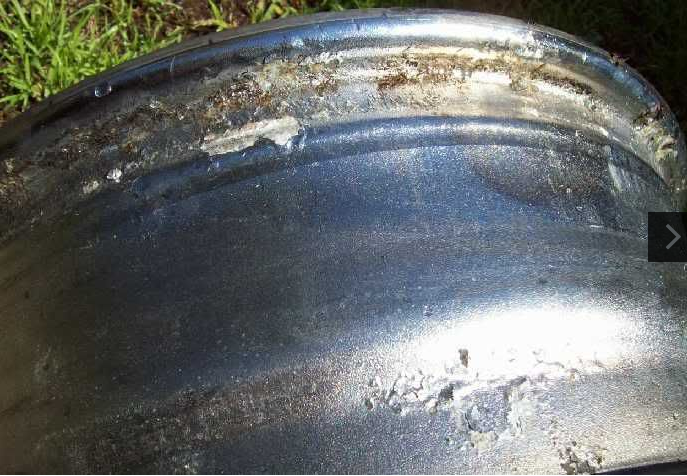 Google+64........ .. ..............Instagram65......................Pinterest66........ .. ........
Google+64........ .. ..............Instagram65......................Pinterest66........ .. ........
There are several ways to tell if you have a slow leak. One way is to use a water meter to measure how much water your home is using over time. Another way is to check your home's water pressure with a pressure gauge. If the pressure low, this may indicate a slow leak. Finally, you can try to fix the leak yourself by fixing broken pipes or connections. If these methods don't work, you may need to seek professional help.
There are several things that can cause slow leaks. One of the most common causes is a burst water pipe. When this happens, the pressure inside the pipe drops dramatically, allowing water to slowly seep out. Another common cause of slow leaks is a worn or broken seal around faucet or drain. This can cause water to slowly leak out even if the faucet or drain is completely closed. Finally, slow leaks can also be caused by damaged pipes and fittings. If left uncorrected, water will continue to slowly leak out until it causes serious damage.
Finally, slow leaks can also be caused by damaged pipes and fittings. If left uncorrected, water will continue to slowly leak out until it causes serious damage.
Slow leaks can be caused by many factors, but the most common cause is a loss of air pressure. If your tires are under-inflated, the air pressure in them will decrease over time, resulting in slow leaks. To fix a slow leak, you need to replace the tire and an inflation kit. You can also try using sealant or a patch to temporarily stop the leak. If that doesn't work, you may need to completely replace the tire.
There are several ways to repair a slow leak in a tire. Driving on a tire with a slow leak can cause more damage to the tire and your vehicle. It is important to choose a method that will repair the leak and avoid further damage.
There are several ways to fix a slow tire leak: use sealant, apply air pressure, or replace the entire tire.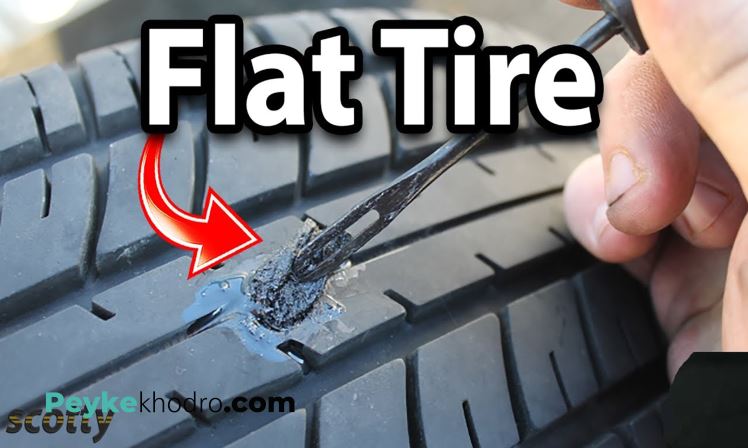 Each of these methods has its own advantages and disadvantages.
Each of these methods has its own advantages and disadvantages.
Use sealant or duct tape to fix leaks. Sealant is easier to use but may not last as long as duct tape. Tape can be used if you want a temporary repair or if you have limited access to tools.
If you can inflate your tires to maximum pressure, you can use air pressure to fix a slow leak. Air pressure fixes leaks quickly, but it can cause more damage than other methods.
Replacing the entire tire is usually the best option for fixing a slow tire leak. Replacing the entire tire will fix the problem and prevent further damage. However, this is not always possible or practical, so it is important to make the right choice when choosing this option.
Fix-A-Flat is a product that is used to fix a slow leak in a tire. It is safe to use Fix-A-Flat on a tire with a slow leak if the tire has been properly inflated. Fix-A-Flat will close the hole in the tire and stop leak.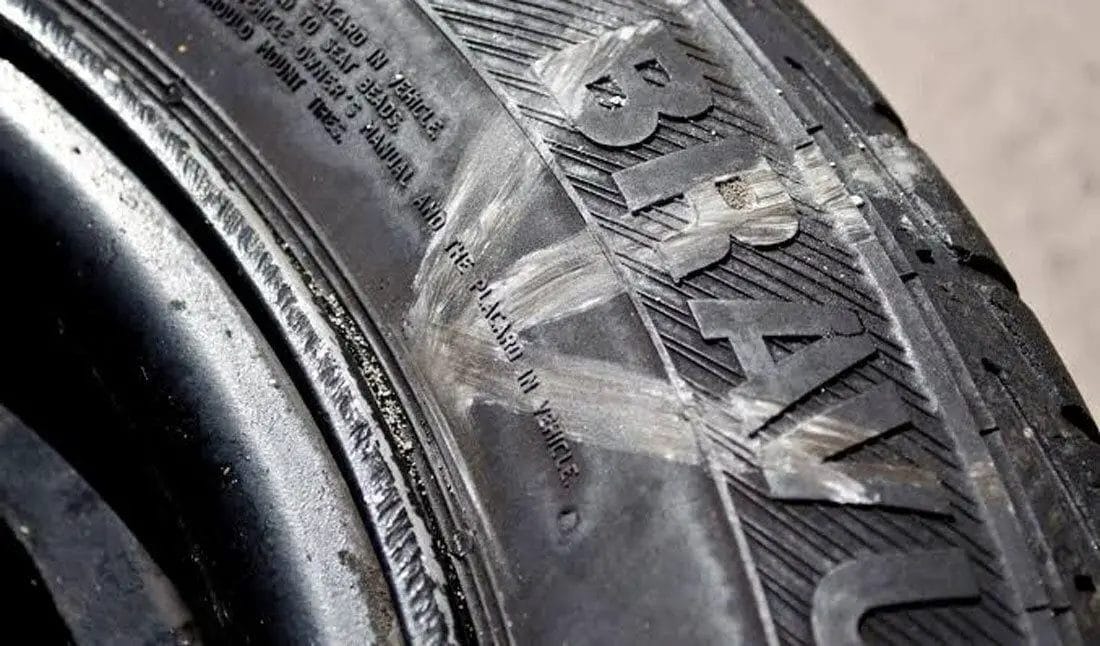 If your tires don't have enough air, Fix-A-Flat may not work properly and cause further damage to your vehicle. Always use caution when using any type of repair product, especially if you're not sure how it works or if it contains chemical substances that can harm your vehicle.
If your tires don't have enough air, Fix-A-Flat may not work properly and cause further damage to your vehicle. Always use caution when using any type of repair product, especially if you're not sure how it works or if it contains chemical substances that can harm your vehicle.
Fix-A-Flat is a temporary solution to a slow tire leak. This will not fix the problem permanently, but may help stop the leak until you fix it. Fix-A-Flat is not recommended for tires with severe leaks or when the tire is already is in bad condition.
Fix-A-Flat is a temporary slow leak solution. It will work on a slow leak tire for up to four hours. Fix-A-Flat will need to be replaced after four hours.
There are several ways to fix a slow leak, but Fix-a-Flat is the most common. Other methods may include using a plunger or using boiling water to heat the area around the leak and make it easier to fix. If all else fails, you may need to call a specialist.
Other methods may include using a plunger or using boiling water to heat the area around the leak and make it easier to fix. If all else fails, you may need to call a specialist.
Repairing a slow leak tire can be dangerous if not done properly. Driving a tire with a slow leak for too long can cause it to puncture and may also lead to other safety issues. If you notice that your tire is slowly leaking , it is important to have it repaired as soon as possible. Here are some consequences of driving on a tire with a slow leak:
- Your tires may deflate more easily due to the gradual loss of air pressure in the tire.
- If your vehicle has airbags, they may not deploy if there is an airtight seal between the airbag and the wheel.
- The tread of your tires may wear out faster, which can lead to bald spots or even complete failure.
- You can damage other parts of the car if you drive with an unsafely inflated tire.